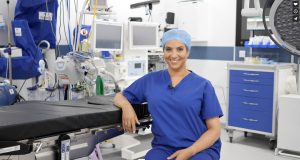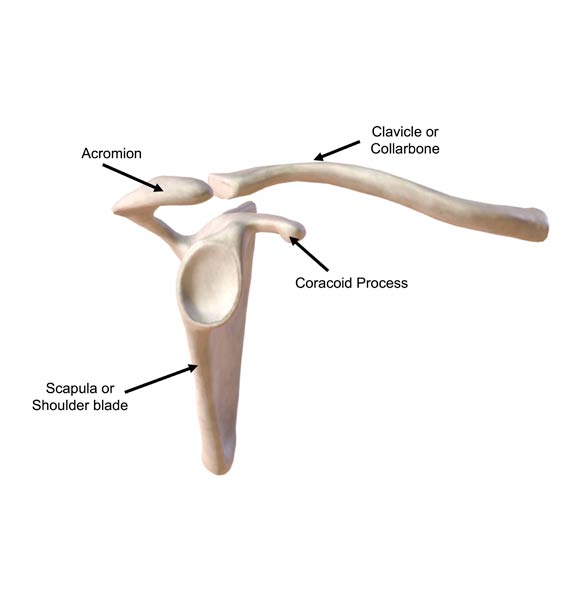Have you been experiencing pain on the top of your shoulder?
Acromioclavicular Joint Pain Treatment
Are you experiencing pain at the top of your shoulder during weight training, reaching your arm overhead or across your body? If so, it could be due to AC joint inflammation or arthritis.
Get fast, effective AC joint pain relief from a London shoulder specialist today.

Have you been experiencing pain on the top of your shoulder?
The AC Joint is where your collar bone (aka clavicle) meets the acromion, which is a bony projection at the top of your shoulder blade (aka scapula). You can feel it on yourself as a little bump of bone at the top of your shoulder.
Shoulder pain due to AC Joint injury can be really frustrating; it disturbs your sleep, stops you from reaching overhead in daily activities and impacts your hobbies and exercise. Common sports include serving in tennis, swimming front crawl or bench pressing in the gym.
What causes Acromioclavicular
Joint (ACJ) pain?
Pain in the AC Joint can start suddenly after an injury such as a fall, but often the pain starts gradually, as part of a wear and tear process. This may be due to poor posture from sitting at a desk for prolonged periods or not standing up properly.
Repetitive loading of the ACJ in some overhead sports such as swimming, tennis and kayaking can cause pain. It is also common in younger people who lift heavy weights in the gym.
How is (ACJ) Acromioclavicular Joint pain treatment assessed?
In the clinic, I’ll ask you lots of questions about how your pain is affecting you, what kinds of activities are important to you, and questions relating to your sport and technique in the gym – as well as any other symptoms you may be experiencing.
I’ll examine you, watching how you move, and looking at which movement and positions are uncomfortable or difficult.
To assess your shoulder further, I may recommend that we carry out an X-Ray, MRI or ultrasound scan.
How is AC Joint injury treated?
Sometimes the assessment will show that there is inflammation within the AC joint or wear and tear arthritis (acromioclavicular osteoarthritis). Initially I prefer to treat AC joint inflammation and osteoarthritis without surgery.
I usually recommend an ultrasound-guided corticosteroid injection, and rehabilitation with a specialist shoulder physiotherapist or osteopath. You may need to temporarily adapt your physical activities whilst the pain settles and you build up the muscles around your shoulder with physiotherapy.
Acromioclavicular Joint (ACJ) Excision Surgery
Sometimes, despite acromioclavicular joint pain treatment such as physiotherapy and injection, the symptoms may persist. If you have a joint that repeatedly becomes inflamed and prevents you from doing the activities you love, it may be time to consider surgical treatment.
AC Joint surgery aims to remove the painful joint surfaces. Where possible I try to use a keyhole approach; however, in some cases, there is too much bone at the top of the joint to remove completely using a keyhole technique alone.
In those cases, a small incision on the top of the shoulder to gain direct access to the joint, gives the best outcome. It’s a day case procedure under a light general anaesthetic, and the recovery is swift; for instance, if you’re a golfer, you could reasonably hope to be back on the driving range in 6-8 weeks.
Jogging or running is probably achievable at around six weeks, and lifting in the gym may take 8–12 weeks, loading up gradually. If you’re ready to get back to an active lifestyle, I offer expert AC joint pain treatment in London to support your recovery.
Post surgery FAQ
Ms Susan Alexander is a senior orthopaedic surgeon and is recognised by all the UK’s major insurers.








